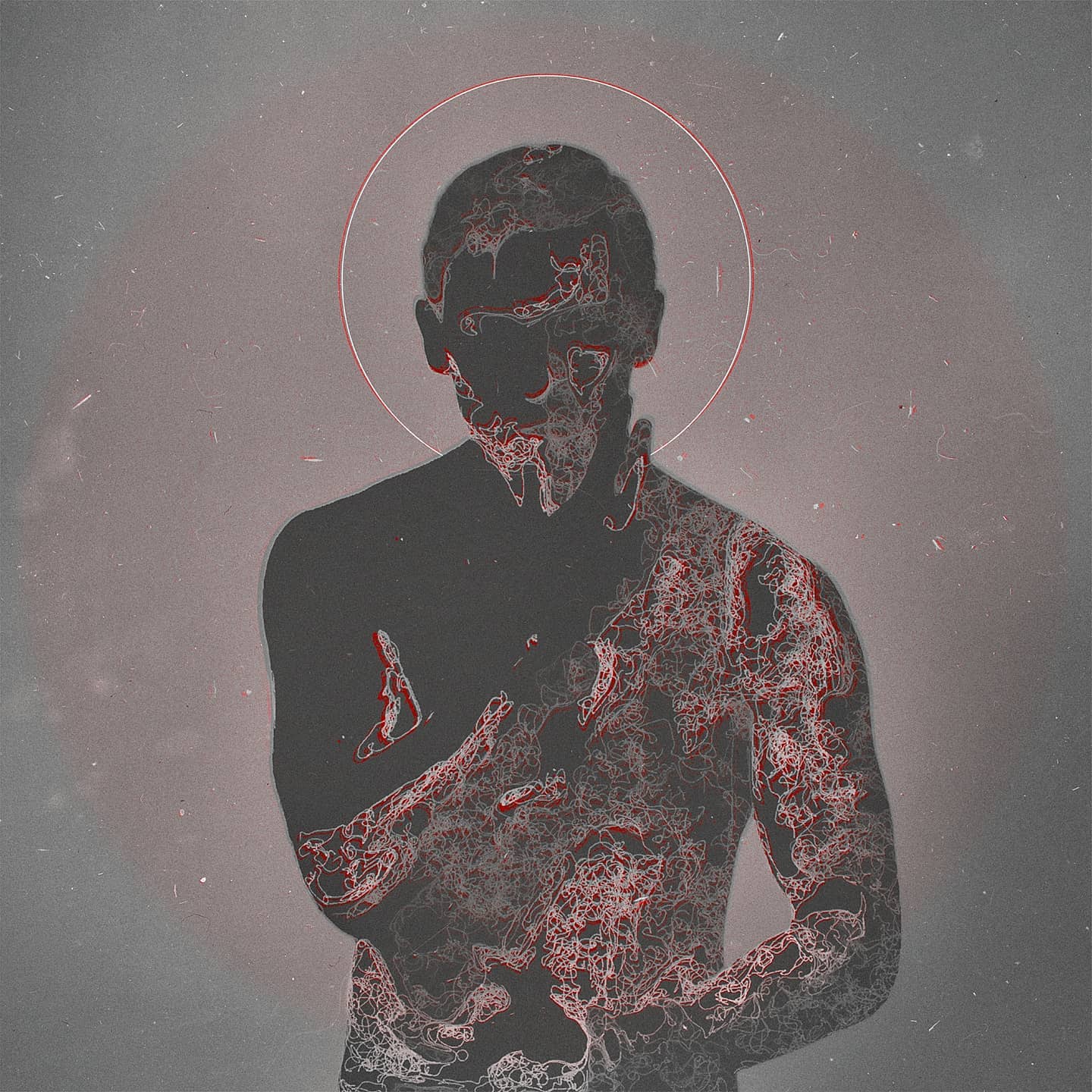I was excited to install Linux on my desktop system. Since I’m working from home with my office laptop, I got a displaylink dock that I can easily switch between laptop and desktop.
After setting everything up with Ubuntu 22.04 I had it all working. A few days later I installed software updates, including an update for the driver for my graphics card, a Nvidia 3070, and then the problems started. I had to hook up a monitor again with a direct cable and fix the driver and again the displaylink. The same thing happened later again. I went with the recommended proprietary driver from Ubuntu. I believe i started with version 525 or 535.
To my frustration, in Windows it all works happily together, survives driver updates, etc.
Is this even a viable setup for a Linux machine where I don’t have to tinker every time there is a driver update?
I’m not a novice, I find my way around, but I do want a stable system.
I chose the Nvidia card mostly because I’m dabbing in machine learning.
Any ideas?
Thanks for any advice I get.
Well,nvidia and linux during all history have problem.For me simplest solution which i see iy is to configurate driver version which worked for u and then hold driver version and not update driver of graphical card.
Can you lock a driver or package version so it doesn’t automatically update?
https://www.cyberciti.biz/faq/apt-get-hold-back-packages-command/
sudo apt-mark hold package-nameOh wow I never knew about this! Thank you so much.
I’ve been using a displaylink for 3 years now, mostly on Ubuntu and the past 8 months with endeavours/arch, but I don’t have the Nvidia. For me it has been the delicate art of managing updates to the kernel/evdi/displaylink packages. If one gets out of sync, I lose the use of my extra screens. If you want stable, only upgrade any of those three after checking very carefully. Typically I’ve seen displaylink support for the newer kernels lag a little behind, or an evdi update that breaks displaylink until they catch up.
If you’re more adventuresome, you can just learn how to back up to known working versions of those packages that play nicely together until they are in sync again.
This is the dock I got:
Similar experience here. NVidia is pretending to become more open but their software engineers really cannot handle their hardware. I finally bought a non-NVidia device which happened to become my daily driver. As soon as I go back to ML, my plan is to buy a powerful desktop computer and install stable a stable version of cuda etc there, and then execute everything via ssh from my laptop. Might even use my Linode to forward the port so I can work remotely from anywhere.
Ubuntu uses wayland, which can cause issues with stuff like that. Try using a distro that comes with X instead.
Nvidia updates still break things, but it’s a lot less often and usually an easy fix by rolling back the driver.
Just to note, you don’t need to completely switch distros. I’m pretty sure Ubuntu hasn’t outright removed X.org, so you can just switch at the login screen with the gear icon at the lower right corner when entering your password.
If they still ship with an X session and just select wayland by default, sure. But if they don’t, I think switching distros is easier than installing it on ubuntu.
deleted by creator




